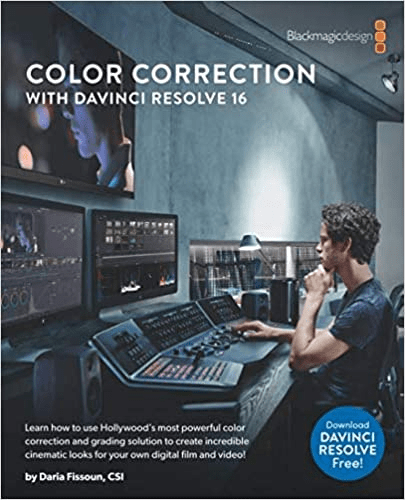
We may recognize what healthy skin tones look like, but figuring out how to get it is something else entirely. That said, great-looking skin tone is an elusive, mercurial ideal, especially when we step into the world of digital video workflows. Poor quality skin tones can communicate something about our characters and stories that we don’t intend.

So it’s our right (even duty) to be so preoccupied with skin tone.

We may not know the precise color a particular house, or garment of clothing, or landscape should be, but we know exactly what healthy skin looks like. Humans are fine tuned to the details of other humans, and we pick up on even minor visual variations from what our brain tells us it should look like. Why? Because our eyes are highly adapted to evaluating skin tone. Faces and skin are present in the majority of images we shoot, and they’re generally the most important feature that draws the viewer’s eye.

We painstakingly organize lenses, cameras, lighting, and color grading tools strictly by this single factor - and for good reason. Skin tone might be the most discussed and sought-after creative aspect of motion images among filmmakers.


 0 kommentar(er)
0 kommentar(er)
